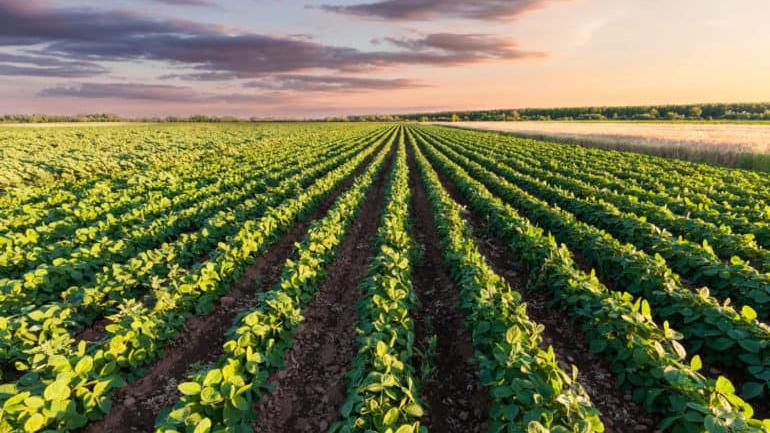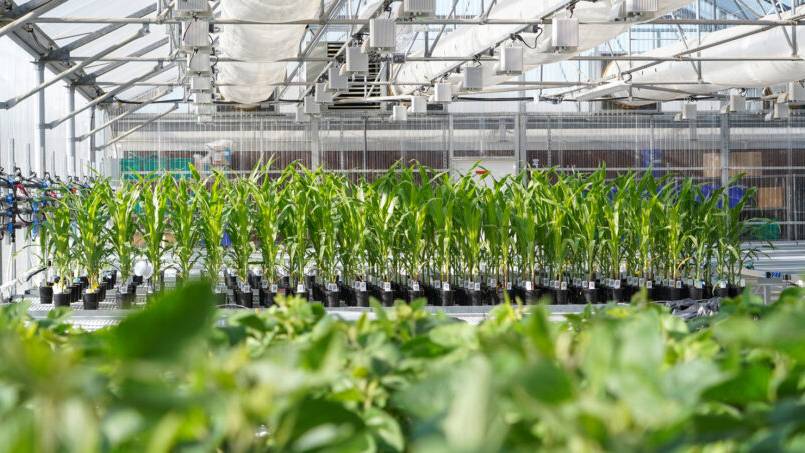Post-Patent Report: Diversify Now for International Success

As they say, variety is the spice of life. For those in the agriculture industry, though, variety isn’t just some additive to enhance flavor, it’s the bread and butter of their income.
Leonard Gianessi, CropLife Foundation consultant, says the agriculture industry is one of the most competitive industries in the world. In order to compete, and continue feeding the masses industry professionals down to the end consumer of the agrochemical have to understand that diversification of portfolios, services and product lines is no longer a luxury − it’s a necessity.
This diversification is manifesting itself in the fact that companies are bundling their products by crop now instead of type. In the last decade, Gianessi says, there has been a move away from listing the various insecticides and herbicides available by class. Portfolios, he explains, generally now offer maize or wheat divisions, providing everything needed from pre-plant to post harvest. “Each year we have tried to improve our portfolio,” says John Enoiu, assistant manager of Naturevo, a Romanian distributor. “To do this we’ve created programs for Integrated Crop Management (ICM) bearing in mind aspects like climate change, residue levels, yield, quality and organic demand.”
This one-stop-shop mentality is not only easier for growers to understand, but it’s more effective and precise − meaning cheaper for the grower− than blanketing crops with a la carte products. “Biologicals are a perfect example of how growers are now combining and mixing modes of action to suit their needs,” says Gianessi. “A biological may be really good for one species of weed, but if you look at a grower’s field, they might have 15 different kinds.”
Premixes and bundles are a way for companies to provide broad spectrum control in a straight forward way, reducing the chance growers will go elsewhere for a product.
Patrick Chen, marketing director for BOF Agrochemical Co., LTD, spoke to FCI at the Trade Summit in Miami, saying premixes have far surpassed other products in their portfolio in recent years. Although Chen says they can be a bit more expensive to ship than concentrated actives due to the extra weight, he explains that less technologically advanced growers appreciate avoiding the margin of error mixing can create. Chen also reports that BOF Agrochemical’s most popular premix this growing season in China is azoxystrobin, an off-patent product that can be applied to a range of valuable crops.
Service Offerings for Product Enhancement
Companies are also increasingly providing consulting and application services to keep and even expand their customer bases. Citing the competitiveness of the marketplace and the overwhelming amount of company choices available to clients, Manik Ghose, consultant at Rallis India, says the ability to boost production through hands-on services helps set themselves and the functionality of their products apart.
Gianessi explains that in the United States there are around 100,000 farmers that grow 90% of the nation’s food. Major companies know the growers, where they live, where they went to college, their kids’ names, and whether or not they play golf, he says. In places like Africa and some parts of Latin America, though, there are many more tiny operations that could be as small as a hectare or less, so there are more small distributors serving them. “In that case, dealers have to be trained like U.S. extension representatives. They have to have backpack sprayers available for use, and they have to be stewards of the products as far as storage and container disposal is concerned,” he says.
Israel Garita Cruz, UPL’s development manager for Central America and the Caribbean agrees, saying that the India-based UPL has been testing this full-service option with a program called “TRUST” on 1,500 hectares of Costa Rica’s high-value banana crops. The year-old program, provides growers with a control bundle for the devastating black sigatoka pest that includes scouting, product recommendation and aerial application, and gives growers an online, password-protected record of weekly pest levels and application history. TRUST has been such a success, Garita says the company is planning on expanding to rice crops in Nicaragua and Panama and eventually to other parts of the world.
The faster growers see the difference the products make, the quicker they are able to start investing in more crop inputs, aiding food supply. “Potato production in South Africa is another great example of this,” says Gianessi. “Output has tripled in recent years even though acres planted has remained roughly the same. The use of fungicides on late-blight made all the difference in the world.”
Honesty for Quality
Portfolios and services can be top-notch, but if the product quality isn’t there, suppliers have nothing to provide growers. “We can’t make it without these chemicals with the increasing population and the necessity for a better diet,” Gianessi says.
Some companies spend $250 million per product from the time of discovery to the time of commercialization. While this may mean innovative technologies get to market in the long run, Gianessi says the high cost means some more specified products are not making it to the market because millions would have to be made before companies see profit. And in many places this profit is eaten away by counterfeiting post-patent, so businesses may not choose to commercialize certain products in some riskier countries. These products are the next generation of the post-patent pipeline.
Naturevo’s Enoiu says fake products have spoiled some consumer’s minds in Romania, making them unable to understand the price required for high-quality inputs. “Distribution networks grew very fast, and in an unprofessional direction, making the point-of-sale price difficult.”
Gianessi, however, says that many countries around the world are working to enforce counterfeiting laws for exactly this reason. “The softball approaches of the past are falling on their faces,” he says, “You have to feed the people or governments will fall.” Agricultural concerns around the world are rising, Gianessi explains, and if countries want to work with companies that offer novel products, they have to demonstrate the work they’re willing to do to protect patents, including those proprietary off-patent products.
India, he says, is a perfect example of this progress. With corruption and counterfeit products less of an issue now than five years ago, Gianessi says major companies are recommitting to sale, thus diversifying the options available to distributors and growers alike.
The need to diversify throughout the supply chain is something echoed at all levels. “At the end of the day, it’s really just about having all of the tools available in your tool box,” says Gianessi.






